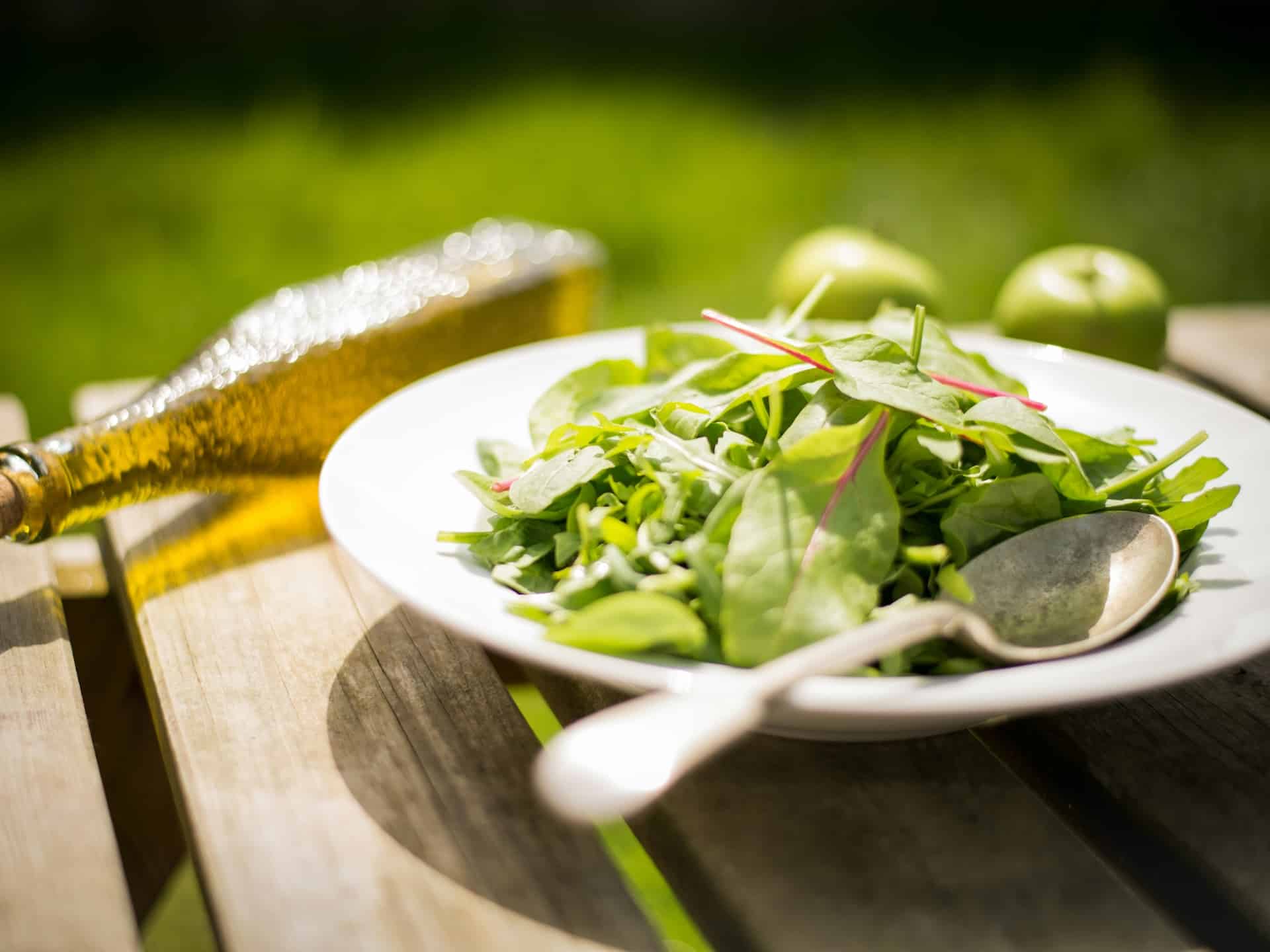
Saccharin, and in recent years, stevia (or stevia, which is its scientific name and, paradoxically, the one most used commercially), are probably the two best-known sweeteners among those looking for an alternative to sugar to sweeten. . , but with fewer calories. Leaving aside sweeteners for domestic or private use, we find another increasingly well-known sweetener: sorbitol or E-420 (its generic name as a food additive).
What is sorbitol and what is it for?
Sorbitol is a polyol (sugar alcohol) of natural origin and, like most polyols, it is present, above all, in fruits. Its use dates back to the end of the 19th century, when a French chemist, back in 1872, discovered its sweetening properties. It began to be used as a substitute for sugar, above all, to reduce sugar consumption in patients with diabetes or who need to follow a weight control diet.
It is true that it does not have a sweetening power as powerful as sugar, but it has in its favor a minimum kilocalorie intake. While one gram of sucrose (the scientific term for ordinary sugar) provides 4 kilocalories per gram, Sorbitol only has 2.4 kilocalories.
Foods to which sorbitol is added
In addition to sweetening and being lower in calories than sugar (or kilocalories, to be rigorous with the professional term), “sorbitol has two other very useful properties in the food industry: its power moisturizer and texturizer«says Rafael Urrialde, Honorary Academician of the Spanish Academy of Nutrition and Dietetics and coordinator of its specialization group on Food Safety, Nutrition and R&D&i (GE–SANIDi).
And so we have the perfect triad, the three properties that make it fit like a glove in the industrial pastry or chocolate sector:
- provides sweetness with fewer kilocalories than sugar
- keeps products fresher longer
- provides a very pleasant texture
For all these reasons, it is used in candies, sweets, chocolates, jams, nougats, pastries, creams, dairy desserts and even in drinks, such as soft drinks. In fact, “sorbitol is the only polyol, along with mannitol, that is allowed to be included in beverages in the European Union,” explains Urrialde.

Risks and side effects of sorbitol consumption.
In general, the consumption of products with sorbitol among their ingredients. It is completely safeand does not produce any significant health risk.
intolerance
A small part of the population may have sorbitol intolerance, which is often accompanied by fructose intolerance or other digestive disorders, such as SIBO. «In these cases, its consumption should be more or less limited depending on the degree of intolerance that exists, and always under health supervision.»
Possible diarrhea
Although, excessive consumption should be avoided, as with any polyol, since, in that case, episodes of laxative effect could occur. «When a food has more than one 10% of authorized added polyols, legislation in the European Union (Regulation 2021/1175) obliges manufacturers to include on the label a legend warning the consumer that excessive consumption of that product can cause laxative effects«Warns Urrialde.
Does not cause cavities
Beyond this digestive effect, “no others have been found that could be considered harmful to health produced by sorbitol. What’s more, not only is it not dangerous, but it has been seen that it lacks a cariogenic effect, that is, it does not cause cavities. Precisely this makes it the ideal ingredient for the manufacture of medicines, chewing gum, candies or gummies, among other products.»
This does not mean that these foods have poor nutritional value and their consumption should always be sporadic and in the context of a varied and healthy diet.
Does not affect insulin levels.
Its consumption produces a minimal increase in blood glucose and insulin levels, since once absorbed, sorbitol is metabolized without the need for insulin to act. Therefore, «it can be used in food products or as a table sweetener for people with diabetes,» says the expert.
Sorbitol and cancer
«There is no scientific evidence that confirms any relationship between sorbitol consumption and the appearance and development of cancer.»
Foods with sorbitol naturally.
We have seen how sorbitol is part of the ingredients of a long list of food products. Now, we also consume it in greater or lesser concentration when eating fruits, such as apples, pears, plums, figs, raisins, apricots, cherries, strawberries and berries or berries.
Also, in vegetables, such as mushrooms and cauliflower, and in red algae.
Differences with other sweeteners
If we compare sorbitol with the rest of the sweeteners, we find two fundamental differences. “The first of them is that sorbitol provides calories (2.4 kcal/g), while other options, such as erythritol, provide zero calories. The second is that sorbitol, along with mannitol, is authorized to be used in the production of all types of foods, including beverages, a permission that is not shared by the rest of the polyalcohols.»
There remains a third element that gives uniqueness and usefulness to the food industry. Unlike other sweeteners, sorbitol is stable at high temperatureswhich makes it especially suitable for the production of baked and processed products that require cooking or pasteurization.
The entry What is sorbitol? was first published in Nutriiendo.







Your point of view caught my eye and was very interesting. Thanks. I have a question for you.
I don’t think the title of your article matches the content lol. Just kidding, mainly because I had some doubts after reading the article.
Your article helped me a lot, is there any more related content? Thanks!
I don’t think the title of your article matches the content lol. Just kidding, mainly because I had some doubts after reading the article. https://accounts.binance.com/register?ref=P9L9FQKY